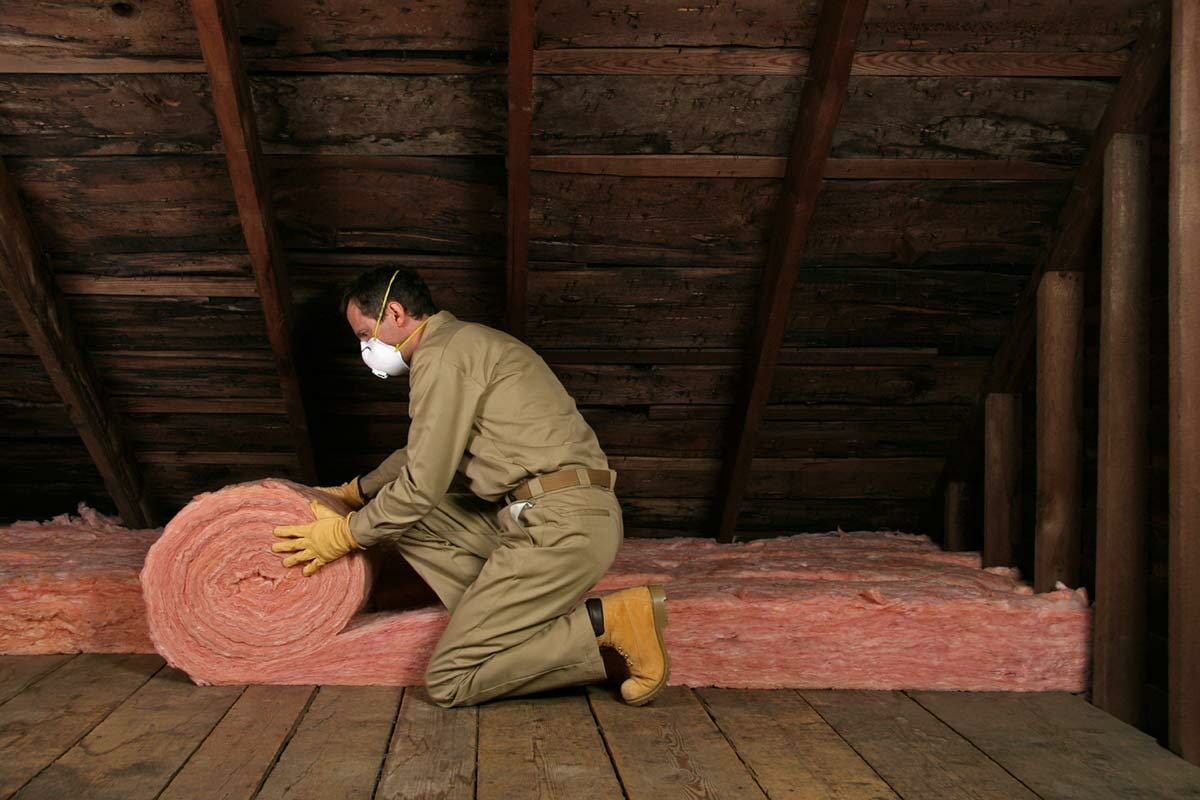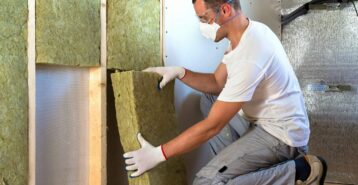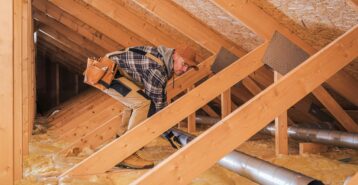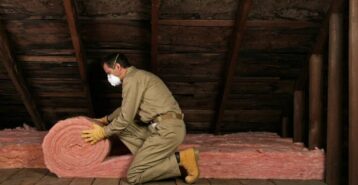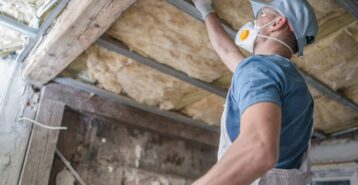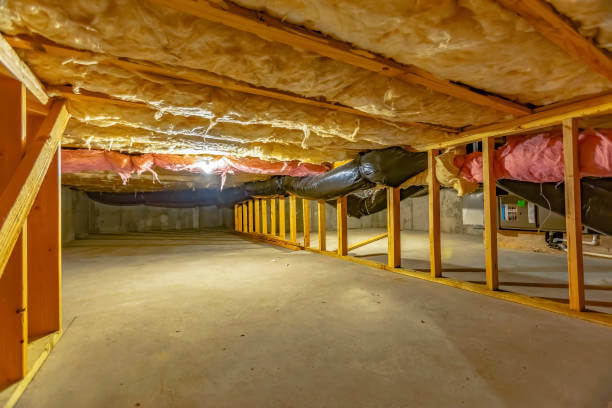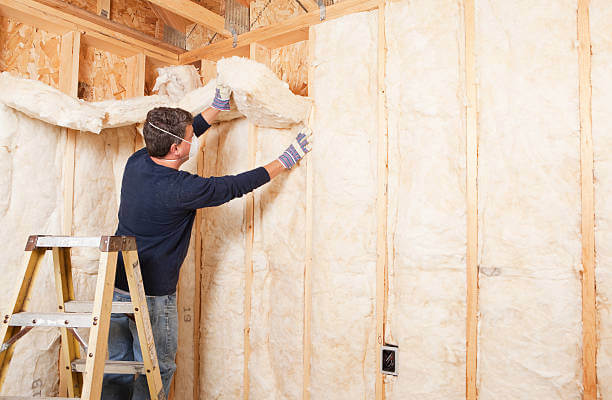Understanding Insulation Costs
When you choose to invest in your home, learning what it will cost – and your return on investment – is paramount. Understanding the costs of insulation, including the prices of different types, can help you make an informed decision on which type to choose, where it will best serve your home, whether it is a do-it-yourself or pro job, and much more. Here’s what you need to know about insulation costs before you make a decision in this crucial investment in comfort and utility savings.
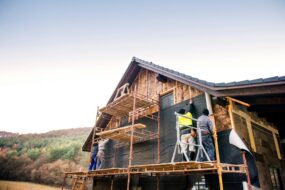
Breakdown of Insulation Costs
Full professional installation of insulation will range from $1,500 to $4,000 for the typical 1,500 square foot home. That price range takes into account that some insulation costs more than others, and some areas of the home might be more difficult to access, resulting in higher labor costs for the installation. Expect the most common types of insulation to break down to $1.75 per square foot, but keep in mind that some uncommon types of insulation might run $7 per square foot or more. You can read more about insulation cost per square foot by visiting our guide.
The cost of installation includes the cost of the insulation itself as well as local labor costs that the contractor will impose to complete the job for you. While you can save money with do-it-yourself options – and some insulation lends itself very well to DIY – it’s always a good idea to involve a professional contractor to ensure that you get the best possible energy savings from your investment.
Cost by Insulation Type
Not all insulation costs the same, and not all insulation is easy to install. Here’s a breakdown of what to expect from costs by type of insulation and whether you might be able to do the work on your own.
Keep in mind that any “total costs” in this section are based on a home of 1,500 square feet.
- Fiberglass Insulation: This is the insulation most homeowners are familiar with, which comes in batts and rolls. Expect the average cost of $0.30 to $1.50 per square foot Having a professional handle it runs between $1,000 and $2,400, but doing it yourself can cost up to $700.
- Spray Foam Insulation: There are two types of spray foam. Open-cell spray foam costs from $0.44 to $0.65 per board foot, and closed-cell spray foam costs between $1 and $1.50 per board foot. This isn’t recommended as a DIY.
- Cellulose Insulation: This is also known as blown-in insulation. Expect the total costs to range between $975 and $2,200. Do-it-yourself costs break down to renting a blower at $100 per day and 25-pound bags of insulation for $15 each. Though you save over professional work, the job isn’t easy and you might wind up calling in a contractor to finish it anyway.
- Rigid Foam Insulation: The cost of rigid foam runs between $0.25 and $2 per board foot. If you choose to upgrade to structural insulated panels, expect to pay between $7 and $12 per square foot. That’s quite a bit more expensive than other options but these boards are also the most effective, as long as they are professionally installed.
- Mineral Wool Insulation: This insulation is available for blown-in or batt and roll applications. Expect to pay between $1.40 and $2.10 per square foot. Choosing batts or rolls makes this an easy DIY job, but professionals will be necessary for the blown-in type.
No matter which type of insulation you choose, a radiant barrier might be a good addition. This is especially true in attics. Radiant barriers reflect the heat out of the home, reducing the temperature inside the attic by up to 30 degrees. This will add between $0.10 and $0.95 per square foot to the overall insulation job.
Factors That Affect Insulation Costs
Numerous factors can affect how much you pay for insulation. These are some of the most common to consider.
Home Size and Layout
This one is pretty evident, and there’s nothing you can do influence size-based costs. The size of your home, including the area you want to insulate, influences how much insulation you need to purchase. The layout matters as well, because getting into tight areas to insulate often means a higher price tag. That’s why a garage is the most affordable to insulate at between $0.50 and $1.25 per square foot and attic insulation has the highest costs at between $1 and $7 per square foot.
Material and R-Value Selection
You have control over the insulating material you choose, as well as the R-value of that material. You can compare the different types of insulation before making your decision. Remember that the higher the R-value, the more expensive the insulation will be; however, that expense can pay off in the long run, as the higher R-values mean better insulation and thus, lower utility bills.
Installation Complexity
How difficult it is to install insulation makes a difference in the bottom line. Keep in mind that insulation can’t allow for gaps or cracks, as that defeats the purpose of the material – which is why it’s important to hire a professional. A pro will be able to fit the insulation into the walls, nooks, and crannies that make all the difference in the final product, but difficult installations will cost more.
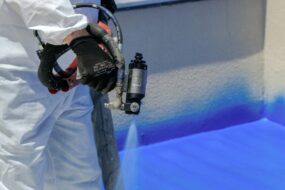
DIY vs. Professional Installation
When you choose to go with DIY, you can save up to $750 in labor fees, on average. That’s one reason why so many choose the do-it-yourself route. But it pays to hire someone to handle blown insulation or attic insulation, as these projects require special equipment and skills that most homeowners don’t have.
Energy Efficiency Considerations
The more energy efficient features you choose, the more the insulation will cost. However, those features can mean even lower utility bills. If you have it in your budget to pay a bit more up-front right now, you might realize even better energy savings down the road.
Additional Costs to Consider
There could be other costs that come into play when you are insulating your property.
- Labor and Installation Fees: Look at the labor costs for your area. You can get a solid idea of this when you obtain at least three quotes for the installation. Make sure those quotes provide an accurate comparison, using the same amounts of insulation and covering the same areas.
- Permits and Code Requirements: Some areas will require you to have a permit for insulation or any other significant changes to your home. There could also be code requirements to meet, which can add to the bottom line if it is found that your home is not up to those required codes.
- Long-Term Maintenance Costs: It’s important to assess and inspect your insulation on a regular basis. Leaks, rodent infiltration, and other problems might pop up when you least expect it and wreak havoc on the insulation in your home. Most insulation will last at least 20 to 30 years as long as these inspections are carried out on a regular basis.
Ways to Save on Insulation Costs
Want to learn how to save on insulation costs? These are some of the things you can consider when figuring out how much the project will cost.
- Energy Rebates and Incentives: Some areas offer rebates and incentives when you choose to improve your home’s energy-efficiency. There might even be federal tax breaks for the effort. Look into what is offered by the federal government as well as your state and local area.
- Seasonal Discounts and Promotions: If you have no time constraints, simply waiting and watching your favorite contractors will give you the opportunity for promotions and discounts. Check out their websites from time to time to see what they offer. Keep in mind that you will likely find better discounts during the winter months, when contractors tend to see a slowdown in business.
- Comparing Quotes from Contractors: Always get at least three quotes from contractors, if possible. Ask them to give you estimates based on the same metrics, such as square footage and the insulation type. This comparison will quickly show you who can do a job more affordably and why.
- Get a Home Energy Assessment: Do you know what you really need? A home energy assessment offered through your utility company might show you that the insulation in the attic is fine and it’s the lack of insulation in the walls that is the culprit for your uncomfortable atmosphere. This will help you put your money where it matters.
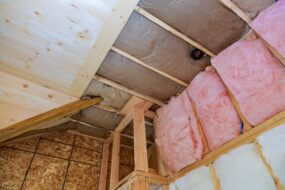
Benefits of Installing Insulation
There are plenty of good reasons why you will want to have effective insulation in your home. Let’s take a look at them.
Energy Savings and Lower Utility Bills
Insulation helps you keep the heat inside during the winter and keeps your cold air in during the summer, resulting in not only better comfort, but lower utility bills. That savings can add up significantly over time. According to Energy Star, you can save about 15% on your utility bills when you ensure proper insulation in your home.
Improved Indoor Comfort
You spend a great deal of time in your home; you want it to be as comfortable as possible. With good insulation, you ensure that your HVAC works at the top of its game, keeping your home at the proper temperature year-round.
Noise Reduction and Soundproofing
Insulation in the walls can help dampen the sound that flows around your home. This is especially helpful if someone wants to watch television while another person is going to sleep in a separate room; the insulation in the walls can help ensure that both are comfortable. Insulation in the attic and in the outside walls can also help prevent the exterior noise, such as that of high winds or vehicles traveling by.
Moisture and Mold Prevention
If your home is at a constant, comfortable temperature, it helps prevent condensation from forming. Too much condensation in one place can quickly lead to water damage in various areas of your home. Insulation can help you avoid that problem, as well as the resulting mold growth that inevitably occurs where there is too much moisture.
How Insulation Costs Compare to Other Home Upgrades
If you have only a certain amount to spend on upgrades, why would you choose to tackle insulation? Keep in mind that it costs between $1,500 and $4,000, on average, to insulate a home. Here is how the cost of insulation compares to the other, most common upgrades:
Insulation vs. HVAC System Upgrades
An HVAC replacement will run you between $6,775 and $12,130. This takes into account replacing the system itself and using the existing ductwork. Investing in insulation can help ensure that your HVAC works more efficiently. However, if the HVAC is on its last legs and you are paying for regular repairs due to wear and tear, it might be time to invest in a new model.
Insulation vs. Window Replacements
Replacing the windows in your home typically runs between $614 and $1,309 per window. If you have a few windows that need replacement because they are allowing in drafts or are otherwise problematic, you will be making a solid investment in your comfort and energy savings. If you need whole-house replacement of the windows, you are looking at an average price of about $9,000 or so for 10 windows.
Insulation vs. Roofing Improvements
A roof replacement is a significant investment, running anywhere between $17,800 and $60,700 or more.
What you pay for the replacement depends on many factors, including:
- The materials you choose
- Your home’s size
- The pitch of the roof
While this is a significant expense, it is important to remember that your roof is the front line of defense against the elements. Roof repairs might be much less expensive and something to consider to avoid leaks, ice dams, and other problems that could turn into big complications.
Is Insulation Worth the Investment?
If you care about your comfort and lowering your utility bills, insulation for your home is an excellent investment. Not only will you see a reduction in utility bills throughout the seasons, you will enjoy the comfort of warmer rooms. You will also see an improvement in how sound travels through your home, making it much more comfortable in that sense as well. New insulation in your home now will last for a good 20 to 30 years, perhaps more – so now is the time to get it done and reap the benefits.
